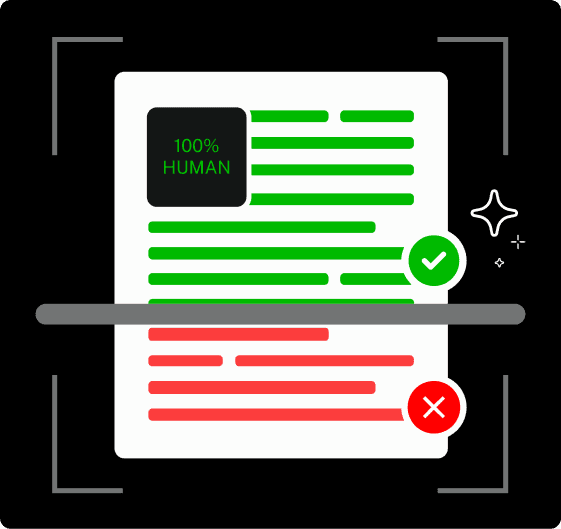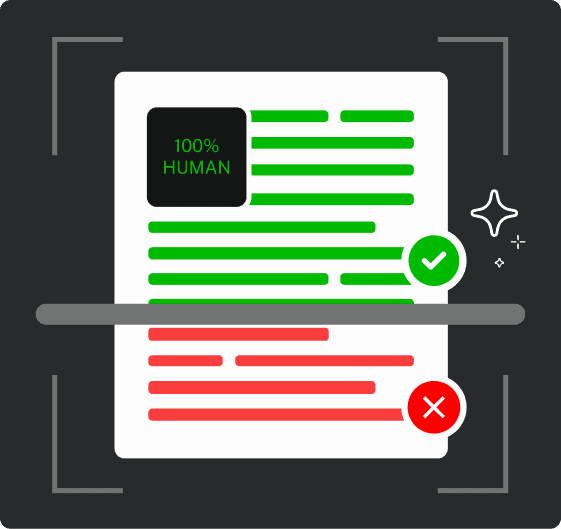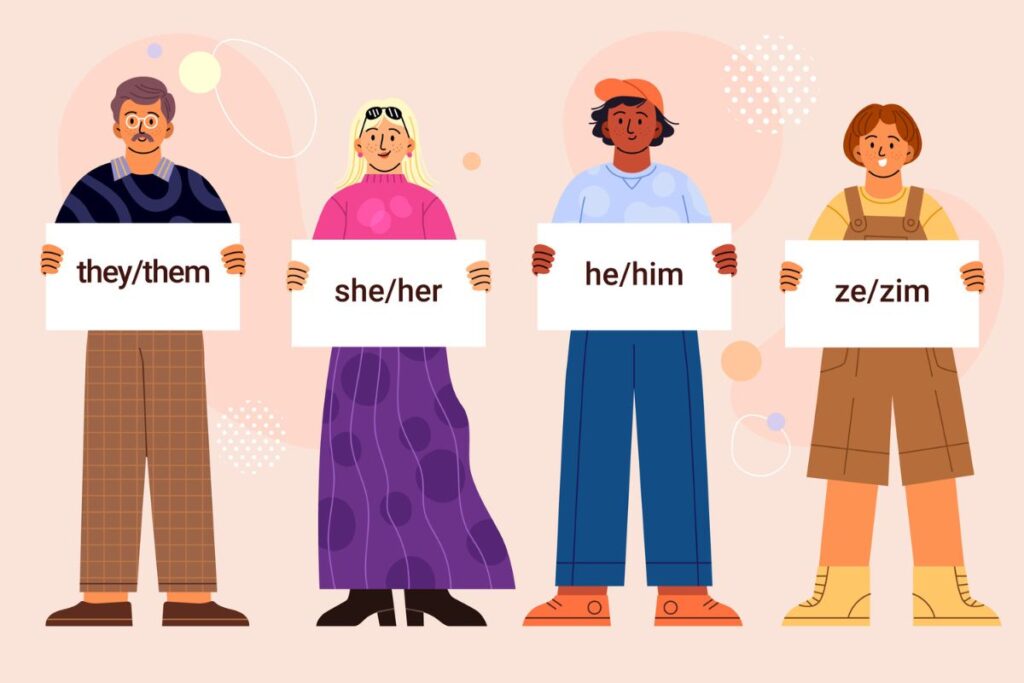Pronouns are words that substitute for nouns.
However, as language evolves, its rules and meanings become more complex.
Simple noun replacements are not always as straightforward, but have developed into something more nuanced.
They now reflect not just grammar, but also identity and respect.In this guide, we’ll look at pronouns from all angles—from traditional usage to gender-neutral and inclusive ones.
Key Takeaways
- Pronouns replace nouns to avoid repetition and make speech flow naturally
- There are seven main types of pronouns, each serving different grammatical functions
- Personal pronouns have evolved to include gender-neutral options like “they/them”
- Pronoun agreement with antecedents is crucial for clear communication
- Different writing contexts call for different pronoun usage strategies
- Understanding pronouns helps both native speakers and ESL learners communicate more effectively
What Are Pronouns? (Definition)
Think of pronouns as shortcuts in language. Instead of saying “Sarah went to Sarah’s car because Sarah forgot Sarah’s keys,” we say “Sarah went to her car because she forgot her keys.” Much better, right?
At its core, a pronoun is a word that takes the place of a noun or noun phrase.
The word it replaces is called the antecedent. This replacement system keeps our sentences from sounding like a broken record.


Never Worry About AI Detecting Your Texts Again. Undetectable AI Can Help You:
- Make your AI assisted writing appear human-like.
- Bypass all major AI detection tools with just one click.
- Use AI safely and confidently in school and work.
But here’s where it gets interesting. Pronouns do more than just prevent repetition.
They create flow, establish relationships between ideas, and yes, they can express identity and respect.
The English language has seven main types of pronouns, each with its own job in a sentence. Some point to specific things. Others show ownership.
A few reflect back on the subject.
Understanding pronouns isn’t just about grammar rules anymore. It’s about communication that includes everyone.
Types of Pronouns + Examples

Let’s break down the pronoun family tree. Each type has its own personality and purpose.
- Personal Pronouns (I, you, he, she, it, we, they): Personal pronouns are the workhorses of everyday speech. They refer to specific people or things.
- Subject pronouns: I, you, he, she, it, we, they
- I love coffee.
- She runs every morning.
- They are studying for finals.
- Object pronouns: Me, you, him, her, it, us, them
- The teacher called me.
- I saw her at the store.
- The dog followed them home.
- Subject pronouns: I, you, he, she, it, we, they
Here’s a pro tip: If you’re unsure whether to use “I” or “me,” try the sentence with just the pronoun. “Me went to the store” sounds wrong, so “I went to the store” is correct.
- Possessive Pronouns (mine, yours, theirs): These pronouns show ownership without needing an apostrophe. They’re like the property deeds of grammar.
- Examples:
- This book is mine.
- The choice is yours.
- The victory was theirs.
- Examples:
Don’t confuse these with possessive adjectives (my, your, their). Possessive pronouns stand alone. Possessive adjectives need a noun buddy.
- Reflexive Pronouns (myself, yourself): Reflexive pronouns bounce the action back to the subject. Think of them as grammatical mirrors.
The full set: Myself, yourself, himself, herself, itself, ourselves, yourselves, themselves
- Examples:
- I taught myself to code.
- She built the shelf herself.
- The cat groomed itself.
Common mistake alert: Don’t use reflexive pronouns when a simple personal pronoun will do. “John and myself went shopping” should be “John and I went shopping.”
- Demonstrative Pronouns (this, that, these, those): These pronouns point things out. They’re the grammar equivalent of pointing your finger.
Near: This (singular), these (plural) Far: That (singular), those (plural)
- Examples:
- This is my favorite song.
- Those are expensive shoes.
- That was an amazing movie.
- Interrogative Pronouns (who, what, which): Questions need these pronouns to get started. They’re the conversation starters of grammar.
The main players: Who, whom, whose, what, which
- Examples:
- Who is coming to dinner?
- What did you say?
- Which movie should we watch?
Quick note on “who” vs. “whom”: Use “who” for subjects and “whom” for objects.
If you can answer with “he,” use “who.” If you can answer with “him,” use “whom.” You’ll notice “who” and “whom” appear in both interrogative and relative categories, and that’s not a mistake.
These pronouns pull double duty. When they’re asking a question, they’re interrogative (e.g., Who called you?).
When they’re connecting a clause to a noun, they’re relative (e.g., The person who called you is outside).
Same words, different jobs, context decides their role.
- Relative Pronouns (that, which, who, whom): Relative pronouns connect clauses and add extra information. They’re like grammatical bridges.
- Examples:
- The student who studied hard passed the test.
- The book that I borrowed was fascinating.
- The house, which was built in 1920, needs repairs.
- Examples:
Here’s the deal with “that” vs. “which”: Use “that” for essential information (no commas). Use “which” for extra information (with commas).
- Indefinite Pronouns (anyone, something, few): These pronouns refer to non-specific people or things. They’re deliberately vague, and that’s their superpower.
Common examples: Anyone, someone, everyone, something, anything, nothing, few, many, several, all, some
- Examples:
- Someone left their umbrella.
- Everyone is invited to the party.
- Few understand the complexity of the issue.
Personal Pronouns in Subject and Object Position
Personal pronouns change their form depending on their job in the sentence. It’s like they have work clothes and casual clothes.
Subject position (doing the action):
- I called yesterday.
- She answered quickly.
- They arrived on time.
Object position (receiving the action):
- Call me tomorrow.
- I saw her at lunch.
- The news surprised them.
The trickiest part? Compound subjects and objects. When you have “Sarah and I” or “Sarah and me,” cover up “Sarah and” to test which pronoun sounds right.
“Sarah and I went shopping” (I went shopping ✓) “The gift was for Sarah and me” (The gift was for me ✓)
Gender-Neutral and Inclusive Pronouns
Language evolves, and pronouns are leading the charge.
The singular “they” isn’t new, but its intentional use for gender-neutral reference is gaining widespread acceptance.
Traditional approach:
- If a student forgets his textbook, he should email the teacher.
- A nurse must update her records daily.
Inclusive approach:
- If a student forgets their textbook, they should email the teacher.
- A nurse must update their records daily.
Other gender-neutral pronouns include ze/zir, xe/xem, and others.
While these aren’t yet mainstream, respecting people’s chosen pronouns is becoming standard practice.
Examples of inclusive pronoun usage:
- Every employee should submit their timesheet by Friday.
- When someone calls, ask them to leave a message.
- The candidate presented their portfolio confidently.

Want to create more inclusive content?
Use Undetectable AI’s AI Chat to get guidance on respectful, inclusive grammar.
Whether you’re a teacher developing lesson plans or a student working on assignments, our tool helps you communicate with everyone in mind.
Pronouns and Agreement Rules
Pronouns are tiny grammar ninjas, subtle, quick, and only noticeable when they mess up. One of the most important things they need to get right?
Agreement.
Every pronoun has to agree with its noun in number (singular vs. plural) and person (first, second, third). If it doesn’t, the sentence starts sounding wrong, even if you’re not sure why.
For example, you’d say:
- Jessica lost her keys. (Singular subject, singular pronoun)
- The students forgot their books. (Plural subject, plural pronoun)
But it gets trickier with indefinite pronouns like everyone, anyone, somebody, or nobody. These feel like they’re about groups, but grammatically, they’re singular. So you’d write:
- Everyone needs to bring their laptop. (informal but widely accepted)
- Everyone needs to bring his or her laptop. (more traditional, formal)
And then there’s singular “they”, modern, inclusive, and becoming standard.
- A student should know they have options.
It keeps things gender-neutral without sounding clunky. Just make sure you don’t mix singular and plural within the same sentence.
Also, don’t let long phrases distract you. A pronoun should match its original subject, not just the word sitting closest to it.
Incorrect: Each of the students brought their own laptop.
Correct: Each of the students brought his or her own laptop. (again, formal) or their own laptop (acceptable in most modern writing)
Want a smarter way to check if your pronouns are doing their job?
Use Undetectable AI’s Ask AI tool to generate grammar practice, edit your writing, or pinpoint awkward mismatches. It’s fast, friendly, and doesn’t judge your typos.
Pronouns in Formal vs Informal Writing

Context changes everything.
The way you use pronouns in a text message isn’t going to fly in an academic paper, and the opposite is just as true.
Formal writing expects clarity, consistency, and structure, while informal writing allows for a bit more flexibility and flow.
In formal settings, full forms are preferred.
That means writing “I do not agree with the conclusion” instead of “I don’t agree…” It may sound stiff, but that’s the tone many essays, reports, and scholarly journals require.
Precision matters, especially with pronoun references. So use complete pronoun forms:
- Write: “The researcher examined his methodology.”
- Not: “The researcher examined his methods.”
Be precise with pronoun references:
- Unclear: “The students met with teachers about their concerns.”
- Clear: “The students met with teachers about the students’ concerns.”
You’re also expected to use complete pronoun forms in formal work.
Instead of saying “The researcher examined his methods,” it’s better to be more specific: “The researcher examined his methodology.” Every word in formal writing carries weight, and vague pronouns can weaken your message.
In contrast, informal writing is a different vibe altogether.
Contractions are welcome, even expected. Saying “I can’t believe it’s already Friday!” or “They’re coming to the party, right?” feels natural and conversational.
Sentence fragments can work too. “Tired? Me too.” makes perfect sense in a text, blog, or casual message.
And sometimes, we drop the pronouns entirely. “Going to the store. Want anything?” is missing “I am,” but no one’s confused.
When it comes to academic fields, the rules around first-person pronouns vary.
- Sciences: Often avoided (“The experiment showed…” not “I found…”)
- Humanities: More accepted (“I argue that…”)
- Business: Common in proposals (“We recommend…”)
Even in emails or professional communication, tone is everything.
Using “I” and “you” keeps things clear and direct, but being overly casual can make your message sound sloppy.
The goal is to match your pronoun style to your audience and stay consistent throughout the message.
Pronouns in Other Languages: ESL Tips
English pronouns can trip up non-native speakers, especially when their first language handles pronouns in a completely different way.
Understanding these differences helps you write better and make sense of English’s unique quirks.
Common ESL challenges include:
- Gender systems: Many languages assign gender to all nouns, while English limits gender to people and some animals.
- Subject pronoun dropping: Some languages allow you to omit subject pronouns, but English requires them.
- Case systems: Learners from case-heavy languages often overthink basic English structures like subject and object usage.
Practical ESL tips to keep in mind:
- Master the basics first: Focus on I, you, he, she, it, we, they before moving to advanced forms.
- Practice subject/object positions: Know when to use “he” vs. “him” or “I” vs. “me.”
- Learn common phrases: Familiar expressions help reinforce natural usage and tone.
- Watch out for false friends: Similar-looking phrases may not work the same way in English.
- Understand cultural context: English uses a single “you” in all situations, unlike other languages with formal or informal variations.
Scroll down and see what our AI Detector and Humanizer can do!
FAQs
What’s the difference between a noun and a pronoun?
Nouns name people, places, or things. Pronouns replace them to avoid repetition. Think of nouns as full names, pronouns as shortcuts.
What’s a reflexive pronoun?
Reflexive pronouns end in “-self” or “-selves” and refer back to the subject. Use them when the subject and object are the same.
Are pronouns always necessary in a sentence?
In English, yes, in most cases. Subject pronouns are required except in commands or casual speech. Formal writing needs full pronoun clarity.
Speaking Clearly, Writing Inclusively
Pronouns are the unsung heroes of communication. They keep our language flowing, prevent awkward repetition, and help us express identity and respect.
Brushing up on pronouns helps understand how English works at its core.
From basic personal pronouns to inclusive language choices, these little words carry big responsibility.
The rules aren’t as rigid as they once seemed. Language adapts to serve its speakers.
Gender-neutral pronouns reflect this evolution.
Informal writing breaks traditional rules. Different cultures bring fresh perspectives.
What matters most? Clear communication that includes everyone.
Whether you’re writing an academic paper, sending a professional email, or chatting with friends, choose pronouns that serve your purpose.
Grammar isn’t about perfection. It’s about connection.
Pronouns help us connect ideas, sentences, and people.
Need help refining your writing or checking your pronoun usage?
Try Undetectable AI’s tools to spot inconsistencies, fix unclear references, and get real-time suggestions that keep your grammar sharp and human-friendly.
